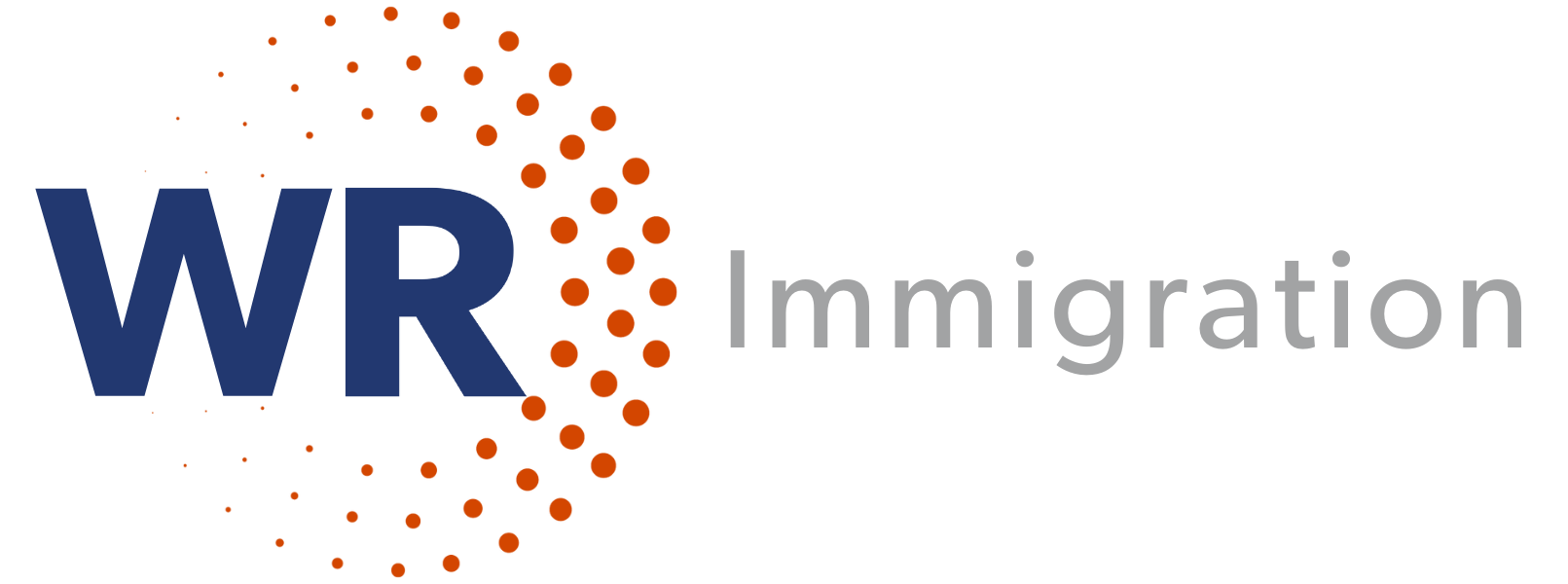The transcript version of our weekly Q&A livestream for corporate immigration professionals. Join our Immigration News Digest Newsletter for more immigration updates.
By Kimberley (Best) Robidoux & Miki Kawashima Matrician
🔥 Question: What is the proposed Gold Card program, and how does it compare to the EB-5 Immigrant Investor Program?
Response: The proposed Trump Gold Card program requires an investment of $5 million paid directly to the U.S. government to reduce national debt. In contrast, the EB-5 Immigrant Investor Program requires a minimum investment of $1.05 million in a U.S. business or $800,000 in targeted employment areas to stimulate job creation and capital investment. Unlike the EB-5 program, the Gold Card proposal does not require job creation. Additionally, while the EB-5 program grants eligibility for permanent residence with a pathway to citizenship after meeting job creation and residency requirements, the Gold Card program claims to offer a direct pathway to citizenship, though details are still unclear. Another key distinction is taxation—Gold Card holders would be taxed only on U.S.-derived income, whereas EB-5 participants are subject to U.S. taxation on worldwide income. Importantly, this proposal is not yet law and would require congressional approval.
🔥 Question: What is the new alien registration requirement, and how will it impact foreign nationals?
Response: Announced on February 25th by USCIS, the alien registration requirement stems from the January 20th executive order aimed at enforcing registration under the Immigration and Nationality Act. This would require non-U.S. citizens staying in the U.S. for 30 days or longer to create a USCIS online account and complete a new registration process, including fingerprinting. Individuals already registered through existing immigration procedures, such as permanent residents and I-94 recipients, may not need to re-register. However, undocumented individuals, certain Canadian visitors, and some DACA and TPS applicants may need to comply. Failure to register could result in civil and criminal penalties, though further details from USCIS are pending.
🔥 Question: Have there been recent increases in I-9 audits?
Response: Yes, since mid-February, there has been a noticeable uptick in I-9 audits. Immigration and Customs Enforcement’s (ICE) Homeland Security Investigations (HSI) has been issuing Notices of Inspection (NOI) to employers, who then must provide requested I-9 forms within three business days. Additional documentation, such as business licenses and payroll reports, may also be required. Industries seeing heightened scrutiny include manufacturing, hospitality, retail, construction, staffing, and janitorial services. Given this trend, HR and global mobility professionals should ensure I-9 compliance by verifying documentation for all employees hired after November 6, 1986. Companies using electronic I-9 systems should also ensure they can quickly generate necessary reports.
🔥 Question: What is happening with the Hong Kong Deferred Enforced Departure (DED) program?
Response: The Biden administration extended DED for certain Hong Kong residents on January 15th, granting work authorization until February 5, 2027. However, on February 18th, USCIS issued revised guidance stating that DED-related Employment Authorization Documents (EADs) have not been extended. This means that Hong Kong DED recipients are no longer authorized to work under this status. Employers must re-verify the work authorization of affected employees to determine if they can continue working under another valid status.
🔥 Question: How does the new Department of Justice memo impact immigration enforcement?
Response: The attorney general’s recent memo prioritizes immigration-related cases, which could have significant implications for employers. The DOJ may now pursue criminal charges against companies employing undocumented workers, potentially treating such actions as “harboring aliens”—a charge that has rarely been used in the past. Employers who knowingly or recklessly use staffing agencies or contractors engaging in illegal employment practices may also face penalties. This shift could lead to increased FDNS site visits, and non-compliance may result in H-1B petition revocations or even criminal investigations. As a result, companies should take extra precautions to ensure employment verification compliance.
Send us your questions via DM or using the below link!
HR Question Submission Form | Rapid-Fire Wednesdays
See you next week!


